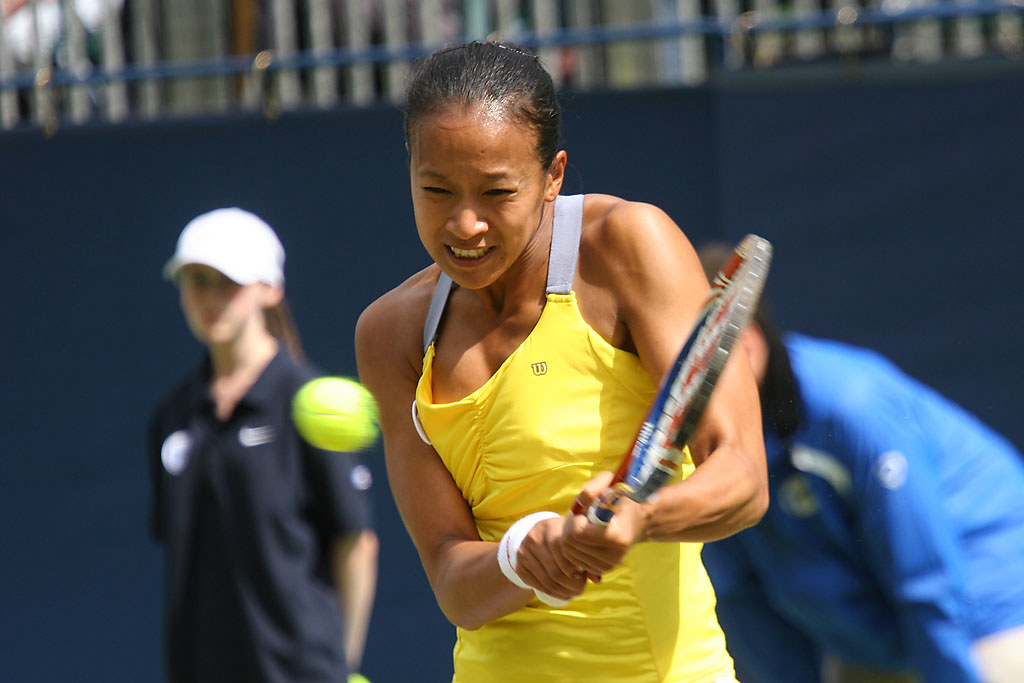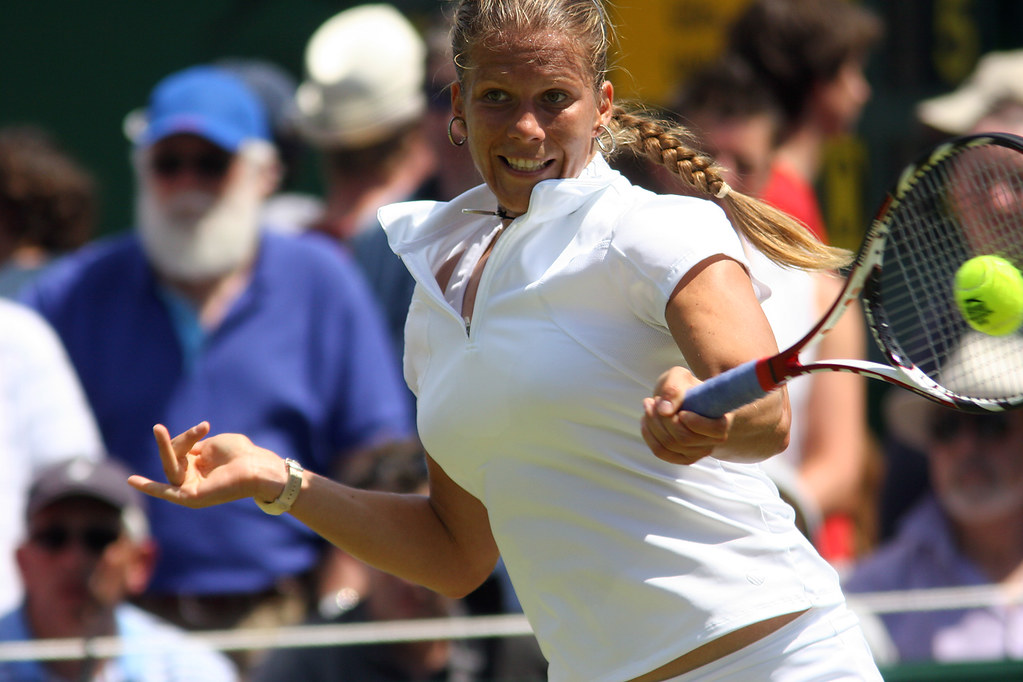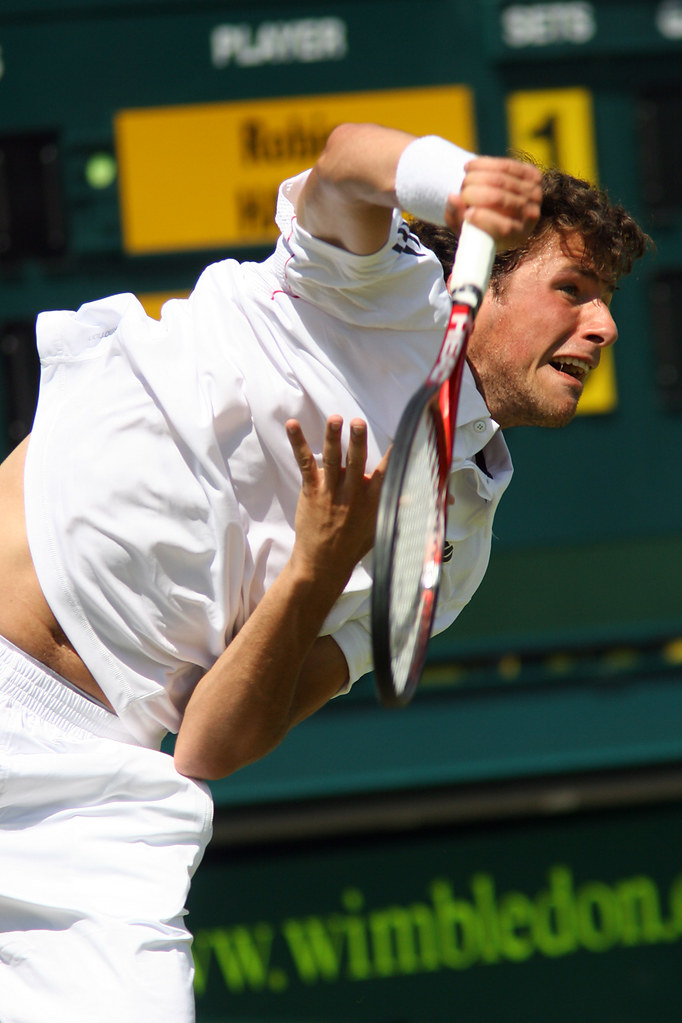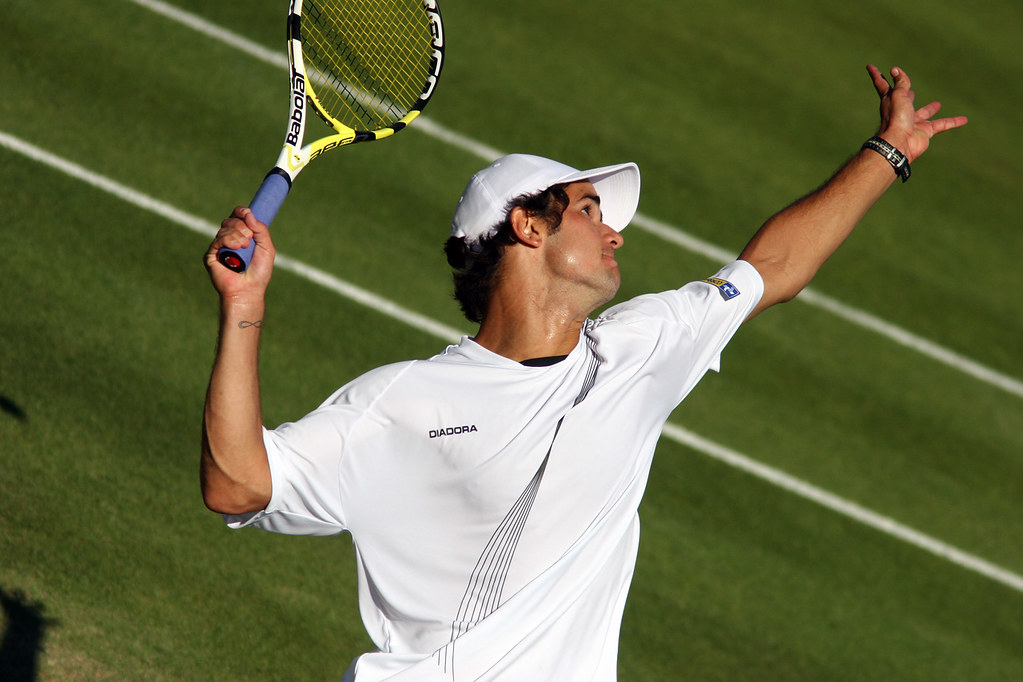Grab a coffee / beer and make just under 2 hours available and then watch this:
https://vimeo.com/47937385
It will be time well spent. Chris is currently covering the US Open, has done for 15+ years and knows his onions.
or for a fast path/taster check out his website:
http://www.photographingtennis.com/Tips.htm
I can highly recommend Chris' book especially if you are going to shoot more than once.. even with a few years experience of covering tennis I found it to be really useful and improved my images as well as my technique..
You'll certainly need the 70-200 - forget the 50mm or wide unless you are going to shoot an environmental image from a viewpoint. Keep your shutter speed up above 1/500 for slight motion blur in the hands/racquet or over 1/1000 for sharp images. Ideally you'll be at f/4 and as close to 200mm as possible to give you that fall off.
Realistically you'll be limited in where you are positioned - there won't be an overhead or rear court pit as you would see at Flushing Meadow or Roland Garros so side court with a good view of both baselines. Chris' info will help you - but your critical choice is the clean background. I typically work in Aperture Priority mode as I want to keep the background out of focus and a shallow depth of field, watching my shutter speed as the light changes... and bumping ISO if I have to.
You can check out some of mine from this years Eastbourne ATP tour event here if you like:
http://www.meonshorestudios.co.uk/blog/2013/06/aegon-international-tennis-devonshire-park-eastbourne/
It is much harder to get a clean background at a regular club environment and so choosing your position is going to be harder but it is possible. See here for an exhibition match at my local club with normal fence backgrounds..
http://www.meonshorestudios.co.uk/blog/2009/05/exhibition-tennis-photography-pat-cash-vs-chris-wilkinson/
After that it is the basics of sports photography - ball in frame, focus on eyes, look for action and reaction. Don't stop shooting when the point ends.
Hope these help














